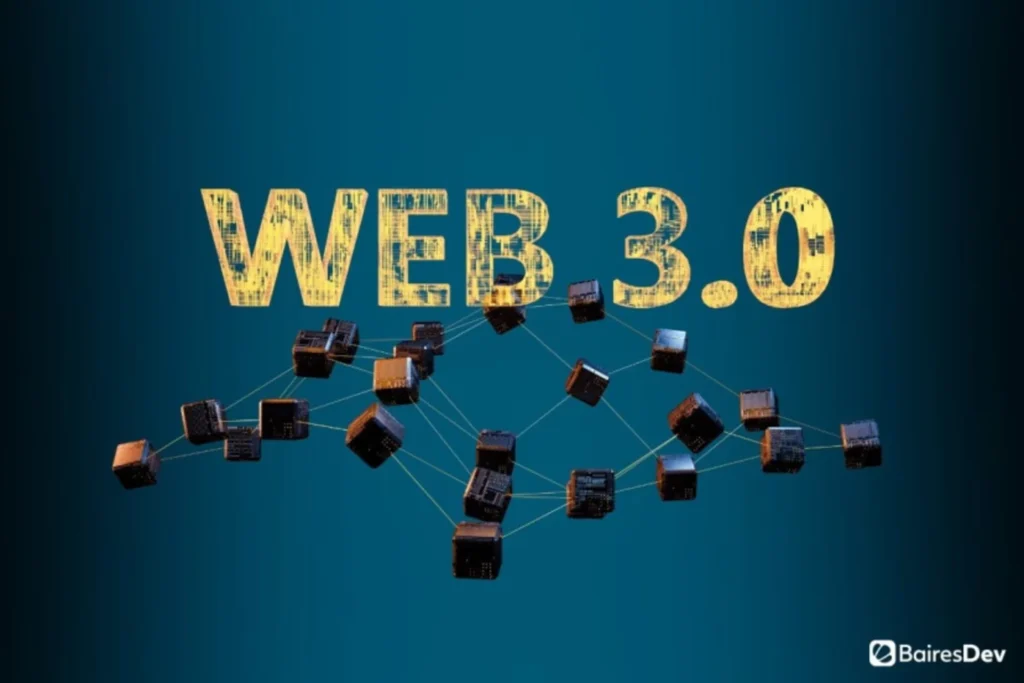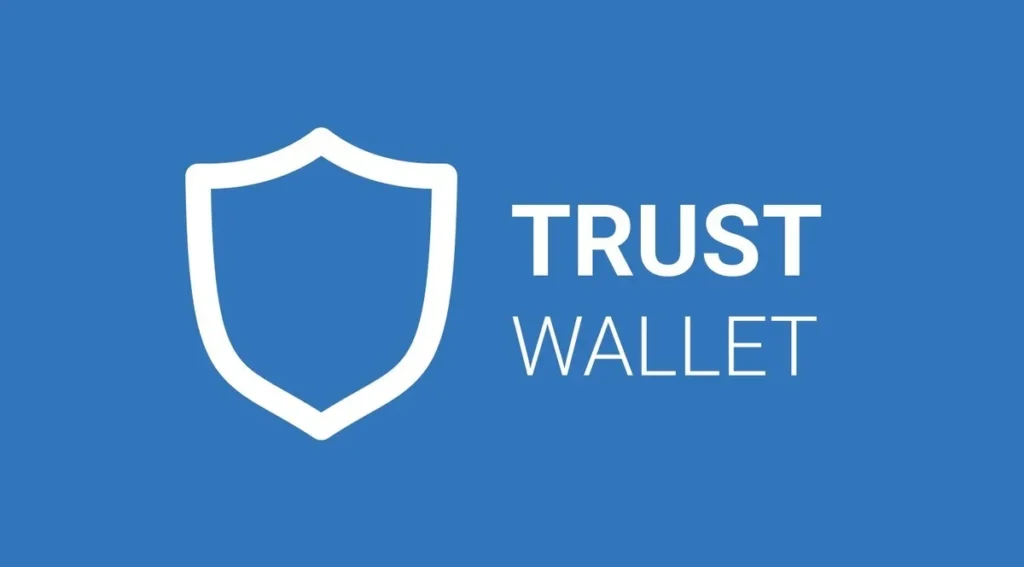Is Web3 Difficult to Learn? Honest Thoughts on Web3 Education
December 14, 2024

Is Web3 Difficult to Learn? Honest Thoughts on Web3 Education
Let’s begin with the obvious: most individuals initially find Web3 education to be frightening. Blockchain, smart contracts, gas prices, and cryptocurrency wallets are just a few of the many new terminology that are used, and it’s natural to ask yourself, “Am I supposed to know what all this means?”
The unexpected thing is that Web3 may not be as difficult to understand as you may have thought. The explanation of the technology is mostly to blame for the misunderstanding rather than the technology itself.


Web3 Education Isn’t Just for Coders Anymore
The notion that Web3 is exclusively for those with a technical expertise is among the most pervasive misconceptions about it. Developers, cryptocurrency traders, or perhaps a person with a mining rig collection in their basement.
In actuality, that is rapidly changing. Web3 education is becoming more inclusive and accessible to novices. Nowadays, a lot of platforms include brief video explainers, practical lessons, and even gamified apps that teach you the fundamentals without requiring you to comprehend coding or read a whitepaper.
For instance, users can now sign in with just their email address using some Web3 apps. You don’t have to download a wallet or handle private keys to explore the area. This enables more common users, such as marketers, artists, retirees, and students, to feel at ease without feeling overburdened.


Why Web3 Feels Difficult (But Isn’t Necessarily)
Language is a contributing factor in the difficulty. Jargon abounds in the Web3 world. Even while the basic concepts are quite simple, terms like dApps, staking, minting, or Layer 2 can sound scary.
For instance, consider smart contracts. The idea might seem like it belongs in a legal textbook. But in reality, it’s just a piece of code that operates on the straightforward principle that “if X happens, then do Y.” The idea isn’t that alien if you’ve ever used an Excel formula or configured automation in a to-do app.
Therefore, the issue is not that consumers are incapable of learning Web3; rather, it is that the industry frequently fails to adequately explain it. This is where improved Web3 learning resources can have a significant impact.

How to Start Learning Web3 (Without the Overwhelm)
You don’t need to study blockchain full-time or become a developer. You can start with small, practical steps — many of which are free and low-pressure:
- Try a blockchain game — some are easy and fun, and teach you how wallets or tokens work.
- Follow Web3 content creators on platforms like YouTube, TikTok, or X (formerly Twitter).
- Take a short online course or tutorial. Many are built with total beginners in mind.
- Join a Web3 community. Beginner-friendly Discords and forums are great places to ask questions.


The key is this: you don’t need to understand everything upfront. The Web3 space is constantly evolving, and even experienced users are learning new things all the time.
How Web3 Education Is Becoming More User-Friendly
The good news? Web3 platforms want you to learn. Onboarding experiences are improving. Wallets are getting easier to use. Tools that used to require technical skill are being replaced by no-code solutions.
We’re now seeing drag-and-drop NFT creators, crypto wallets with simple UIs, and DAOs that walk beginners through their first steps. This is part of a broader shift toward making Web3 more accessible to everyone — not just those with a computer science degree.


It’s not perfect yet — there’s still work to do — but we’re moving in the right direction.
Final Thoughts: Web3 Education Might Be Easier Than You Expect
To sum up: Web3 does have some learning curves, but it’s more approachable than it may seem from the outside. And as the tools and learning platforms improve, the barrier to entry continues to drop.
If you’ve been curious but hesitant, now is a great time to explore. Web3 education is no longer locked behind complex tech or intimidating jargon. With the right mindset and a little curiosity, anyone can start learning — and even have fun doing it.
Remember: you don’t need to master everything. You just need to take the first step.
And chances are, you’re already further along than you think.
Relevant Link : Here

